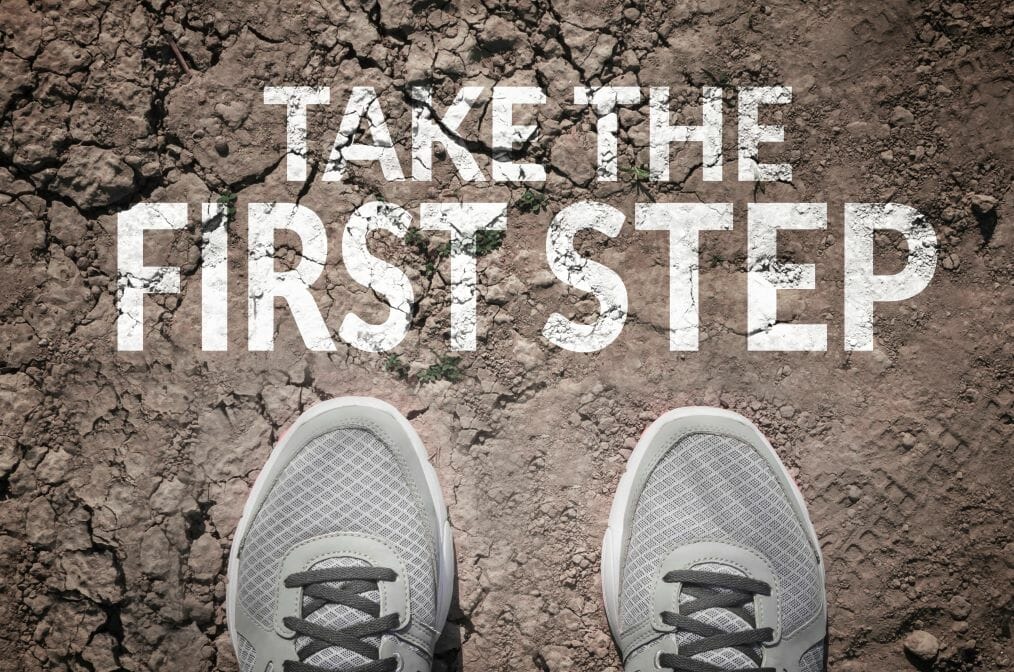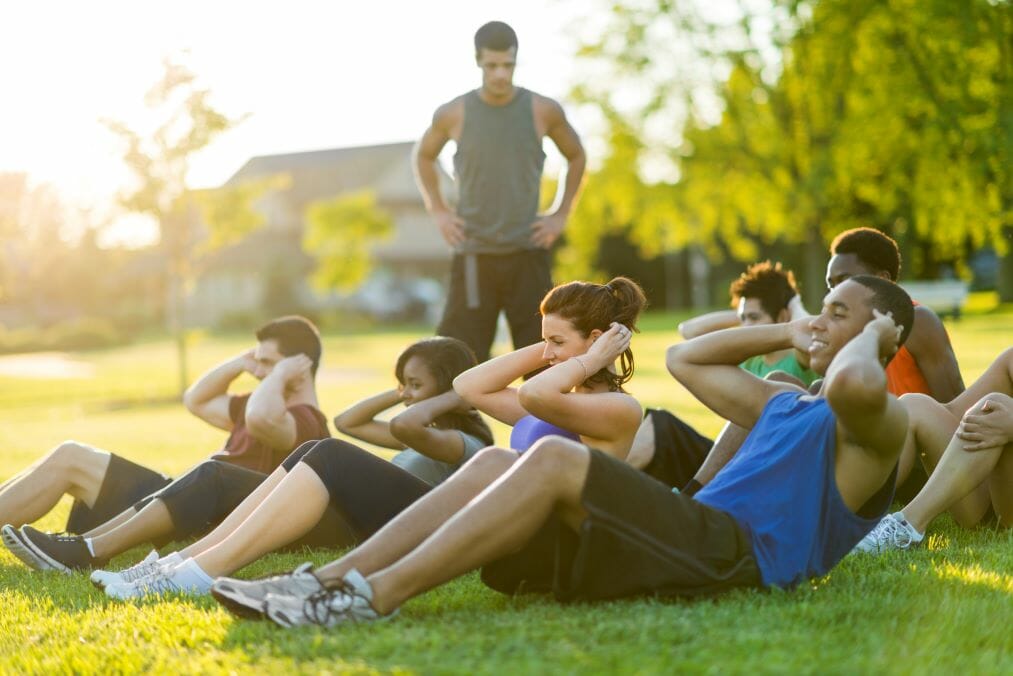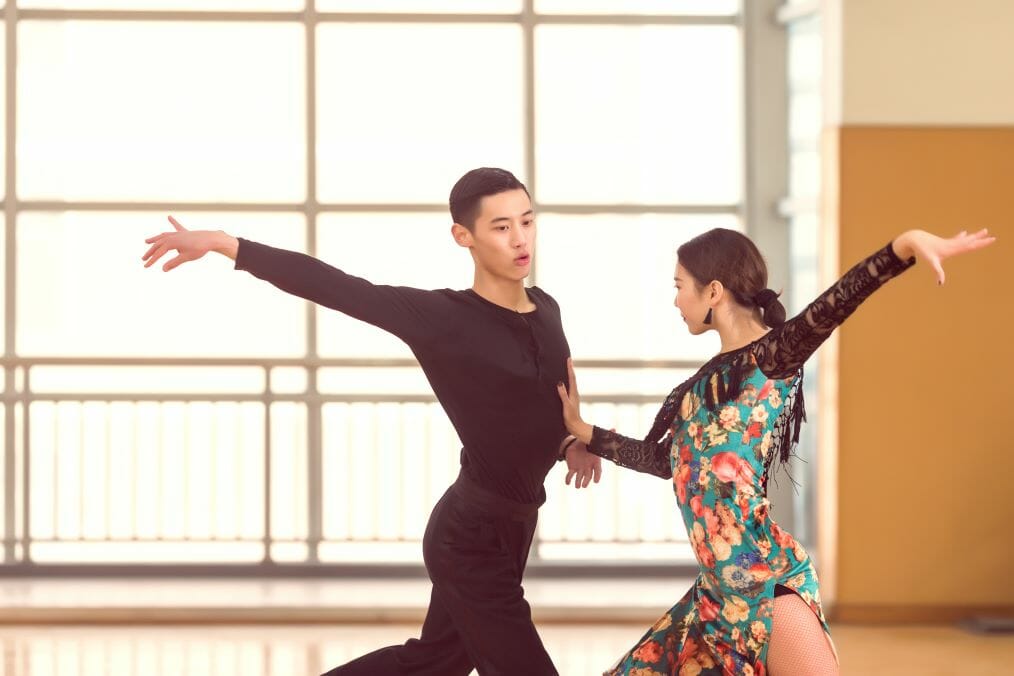- Get the all-clear from your doctor
Before you embark on a new physical activity program, it’s a good idea to visit your doctor for a check-up – especially if you’ve never exercised before or it’s been a long time since you exercised regularly.
Your doctor can give you help and advice about kicking off and maintaining your new fitness regime safely to maximise the benefits of exercise.
Think about what you want to get out of your exercise program. Your goals will help you decide what type of activity to choose. For example, if one of your goals is to lose weight, you will need to consider some high-intensity activity. If you want to become stronger or increase your cardiovascular fitness, these will each require slightly different exercise types.
Perhaps you’re thinking about using physical activity as a mode of transport, like walking, running, or cycling to work. Alternatively, you may want to improve your core stability and balance through activities like yoga or pilates.
Setting firm goals will give you something to strive for, and focusing on the positive benefits of exercise can help you stay motivated and on track with your new exercise program. It will also help you measure your achievements.
Exercise doesn’t have to be a chore. Nor do you have to stick to the same routine every time. In fact, it’s beneficial to mix up your exercise to include both strength-building exercises and cardio to stay fit and give your body an overall balanced workout.
But have you ever thought about what interests you already have that get you moving? Or is there something you always wanted to try and haven’t yet? For example, have you ever wanted to start horseback riding, rock climbing, ballroom dancing, martial arts, or kayaking? All require physical exertion, and if an activity interests you personally, you’re more likely to stick with it long-term.
If the above sounds too difficult, get creative and think about how you could incorporate more physical activity into your day. Have an interest in art? Why not make a list of art galleries to visit and tick these off your list one by one? You might not realise how far you’ve walked whilst taking in each piece of art. The same could be done by looking at flowers at your local botanical gardens or out wandering your local markets.
- Don’t listen to your excuses
It is very easy, even before you start to exercise, to make excuses as to why you can’t.
A common excuse is that you think you’re too busy. Whilst a good 45-minute workout has its benefits, short 15-minute bursts are also known to be effective. Simply prioritising this time throughout your week could make a big difference. Think about where you could substitute some of your time to dedicate to getting your body moving. Maybe sitting in front of the TV or computer for 30 minutes less three times a week could be the way for you to achieve your health goals.
Another excuse is that you might think your body is not up to exercise, either due to an injury, your weight, or your age. There are many ways to get your body moving that don’t involve a lot of mobility. Low-impact exercise such as swimming, water aerobics, or pilates may help you get your heart rate up without aggravating an existing injury. Walking is also suitable as a place to start to begin building towards a healthy lifestyle. There are also tai chi, pilates, and yoga classes available that will tailor an exercise routine to your needs.
“I can’t afford it.” It is quite easy to immediately dismiss a plan to exercise based on not being able to fund it. Gym memberships can be expensive, though many do offer a no-contract ‘pay-as-you-go’ arrangement that can be a little more affordable if mixed with free activities. You don’t have to use exercise equipment to be fit, but if you like using it, many parks across Australia now have these available to the public for free. Look up your local council website to find out if you have one in your area.
Anyone can add exercise into their lives to keep well and stay fit; just remember to know your limits. Don’t push yourself too hard, and seek advice from a doctor if you have any injuries or illnesses that concern you.
If you find yourself going off track and exercising less, keep in mind that you managed to begin once before, and use the same strategy that got you started in the first place. Remember what you enjoyed about it before and set yourself small goals first, and you’ll be back on track in no time!
Tip! If you are having a busy week or find it hard to fit exercise into your routine, you can choose to do a combination of moderate and vigorous exercise activities.
20 minutes of moderate activity = 10 minutes of vigorous activity.





